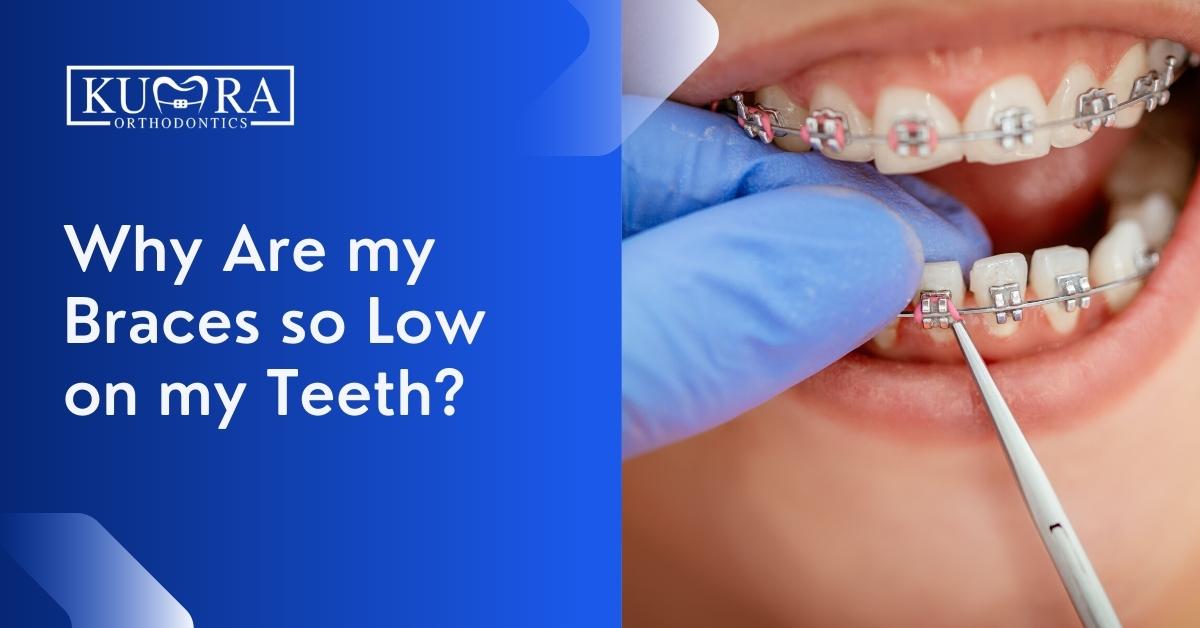Leading Tips for Selecting the most effective Cumming Orthodontist for Braces and Aligners
Leading Tips for Selecting the most effective Cumming Orthodontist for Braces and Aligners
Blog Article
Comprehensive Overview to Orthodontics Procedures for Dealing With Dental Imbalances
Comprehending the ins and outs of each treatment, including their devices, benefits, and prospective downsides, is crucial in making notified decisions about one's orthodontic therapy. As we navigate with the detailed guide to orthodontic treatments for remedying dental misalignments, the detailed details of each technique will unfold, losing light on the path toward a useful and harmonious oral positioning.
Orthodontic Procedures Overview

Along with standard braces and clear aligners, orthodontists might also suggest other treatments like headwear, palatal expanders, or retainers to attend to specific placement problems (cumming braces). These treatments are customized per client's special needs and might entail a combination of therapies to accomplish the wanted results. Routine modifications and tracking are vital parts of orthodontic treatment to guarantee development is on track and to make any type of required modifications along the road. By going through orthodontic treatments, people can not only accomplish a straighter grin however additionally improve their total oral health and function.
Traditional Braces: Exactly How They Function
When thinking about orthodontic treatments for oral imbalances, typical braces stand out as a time-tested approach for fixing teeth placing. Typical braces are composed of brackets, cords, and bands that work with each other to use continual pressure on the teeth, slowly relocating them into the desired alignment.
One secret facet of exactly how typical braces work is the process of bone renovation. As stress is put on the teeth through the dental braces, the bone bordering the teeth is improved to sustain the new tooth positions. This remodeling is essential for the long-term stability of the corrected placement. Clients will certainly need regular changes at the orthodontist's workplace to make sure the dental braces remain to use the right pressure for reliable teeth activity.
Undetectable Aligners: Disadvantages and pros
Unnoticeable aligners provide a discreet and convenient choice to standard braces for fixing dental misalignments. These clear, tailor-made trays are essentially undetectable when put on, making them an enticing alternative for people seeking a more visually pleasing orthodontic treatment. Among the primary benefits of invisible aligners is their removability, enabling simpler upkeep of dental hygiene contrasted to standard braces. People can eliminate the aligners before consuming or brushing their teeth, lowering the danger of food check out this site getting embeded the home appliance and simplifying the cleansing process.

Surgical Orthodontic Options
Surgical interventions in orthodontics present viable options for resolving complicated dental misalignments that may not be efficiently solved via traditional orthodontic therapies. While standard braces and unnoticeable aligners can deal with several orthodontic concerns, specific instances need surgical treatment to accomplish optimum outcomes. Surgical orthodontic choices are commonly advised for extreme malocclusions, substantial jaw inconsistencies, and situations where the underlying bone framework requires adjustment to attain proper alignment.
One common surgical orthodontic treatment is orthognathic surgical treatment, which involves repositioning the jaws to fix functional concerns such as problem speaking or chewing. This surgical treatment is frequently performed in partnership with an orthodontist who aids align this hyperlink the teeth prior to and after the procedure. Surgical orthodontics might also include treatments to expose impacted teeth, get rid of excess gum cells, or reshape the jawbone to create a more unified face profile.
Before thinking about surgical orthodontic options, patients undertake a thorough assessment to figure out the need and possible benefits of such interventions. cumming aligners. While surgery may seem challenging, it can dramatically enhance both the feature and visual appeals of the smile in cases where conventional orthodontic treatments drop short
Retainers and Post-Treatment Treatment

Post-treatment care includes complying with the orthodontist's directions vigilantly. This might include correct dental health methods, participating in follow-up appointments, and putting on the retainers as prescribed. Failing to follow post-treatment care directions can cause relapse, where the teeth slowly move back towards their original positions. Regular retainer wear, excellent dental hygiene, and normal oral examinations are essential for maintaining the outcomes attained via orthodontic surgical procedure and making certain the lasting security of the dealt with oral placement.
Conclusion
Finally, orthodontic treatments offer numerous alternatives for remedying oral imbalances. Traditional dental braces utilize steel braces and cables to change teeth right into correct alignment. Undetectable aligners provide an even more discreet choice but may not be suitable for all instances. Surgical orthodontic alternatives are offered for much more extreme misalignments. Retainers are generally utilized post-treatment to preserve the brand-new placement. In general, orthodontic treatments can effectively improve oral health and visual look.
As we navigate via the detailed guide to orthodontic treatments for remedying dental imbalances, the complex information of each technique will unravel, losing light on the path towards a practical and unified dental alignment. - aligners
One of the most typical orthodontic therapies is the use of dental braces, which are composed of metal braces and cords that apply mild pressure to slowly shift teeth into the wanted position.When thinking about orthodontic therapies for oral imbalances, traditional braces stand out as a tried and true approach for fixing teeth positioning. In addition, invisible aligners may not be ideal for complex orthodontic problems that need even more significant teeth motion, as they are typically suggested for mild to modest cases. Retainers are personalized orthodontic devices made to hold teeth in their fixed placements after the conclusion of orthodontic therapy.
Report this page